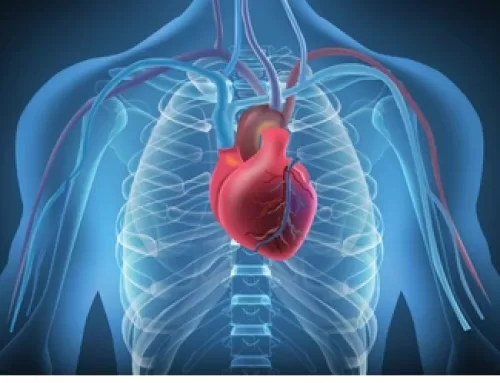Cardiac Arrest vs. Heart Attack.
These two terms are often used interchangeably. Fun fact: They are completely separate things!
Let’s learn the difference together.
A Cardiac Arrest:
Cardiac arrest to put it simply can be compared to an Electrical problem.
When the heart suddenly stops beating due to a malfunction, it is known as a cardiac arrest.
Arrhythmia, or an irregular heartbeat, is the electrical failure that sets to cardiac arrest. The heart is unable to supply blood to vital organs like the brain and lungs due to an interruption in its pumping motion.
What takes place
A person goes from breathing normally to completely unresponsive in a matter of seconds. Without medical intervention, the sufferer will die within minutes.
What do do for a Cardiac Arrest
Stop what you’re doing and dial 9-1-1 immediately. Treatment administered within a few minutes of cardiac arrest may be able to reverse its effects in certain patients. Don’t hesitate to use an AED if one is nearby. If there are two bystanders, one should start cardiopulmonary resuscitation (CPR) right away while the other dials 911 and locates an automated external defibrillator (AED).
Learning how to perform CRP is easy and something you’re able to do with one of our classes. https://cprworksofcharlotte.enrollware.com/schedule
See our Locations page to find all the areas where we teach in and out of the Charlotte and Cornelius area.
A heart attack:
A HEART ATTACK happens when the heart does not receive enough blood.
Some parts of the heart don’t get the oxygen-rich blood they need because an artery isn’t open. The area of the heart that would ordinarily receive blood supply from the blocked artery starts to die if it is not reopened soon.
If the heart’s blood supply is suddenly cut off, the result is a heart attack.
When an artery is narrowed or obstructed, blood that is rich in oxygen cannot reach a part of the heart. Rapid reopening of the blocked artery is necessary to prevent the typical starvation of the cardiac tissue.
What takes place
Heart attack symptoms can include severe upper body pain (chest pain, shortness of breath, cold chills, nausea, vomiting) and can manifest suddenly.
However, heart attack symptoms usually develop gradually and last for several days or even weeks prior to the actual attack. When a person has a heart attack, their heart often continues to beat, unlike in a cardiac arrest. Damage increases in proportion to the length of time a patient is untreated.
Women may experience distinct symptoms of a heart attack than men, such as difficulty breathing, nausea, vomiting, and pain in the jaw or back.
What to do in the event of a Heart Attack
Make sure you phone 9-1-1 or your emergency response number even if you’re not convinced it’s a heart attack. Every second counts! If you need to go to the ER immediately, dialing 911 is your best bet. When emergency medical care personnel arrive, they can start treatment immediately, which is up to an hour faster than when someone drives to the hospital. When a person’s heart stops beating, the emergency medical services personnel are prepared to restart the heart. Hospitals also tend to treat patients who arrive by ambulance with chest discomfort more quickly.
Knowing the difference between Cardiac Arrest vs. Heart Attack isn’t a commonly talked about thing.
Get yourself scheduled for a class with us at one of our Locations to learn the difference!
We teach in the Charlotte, Wilmington and Myrtle Beach areas!







Leave A Comment